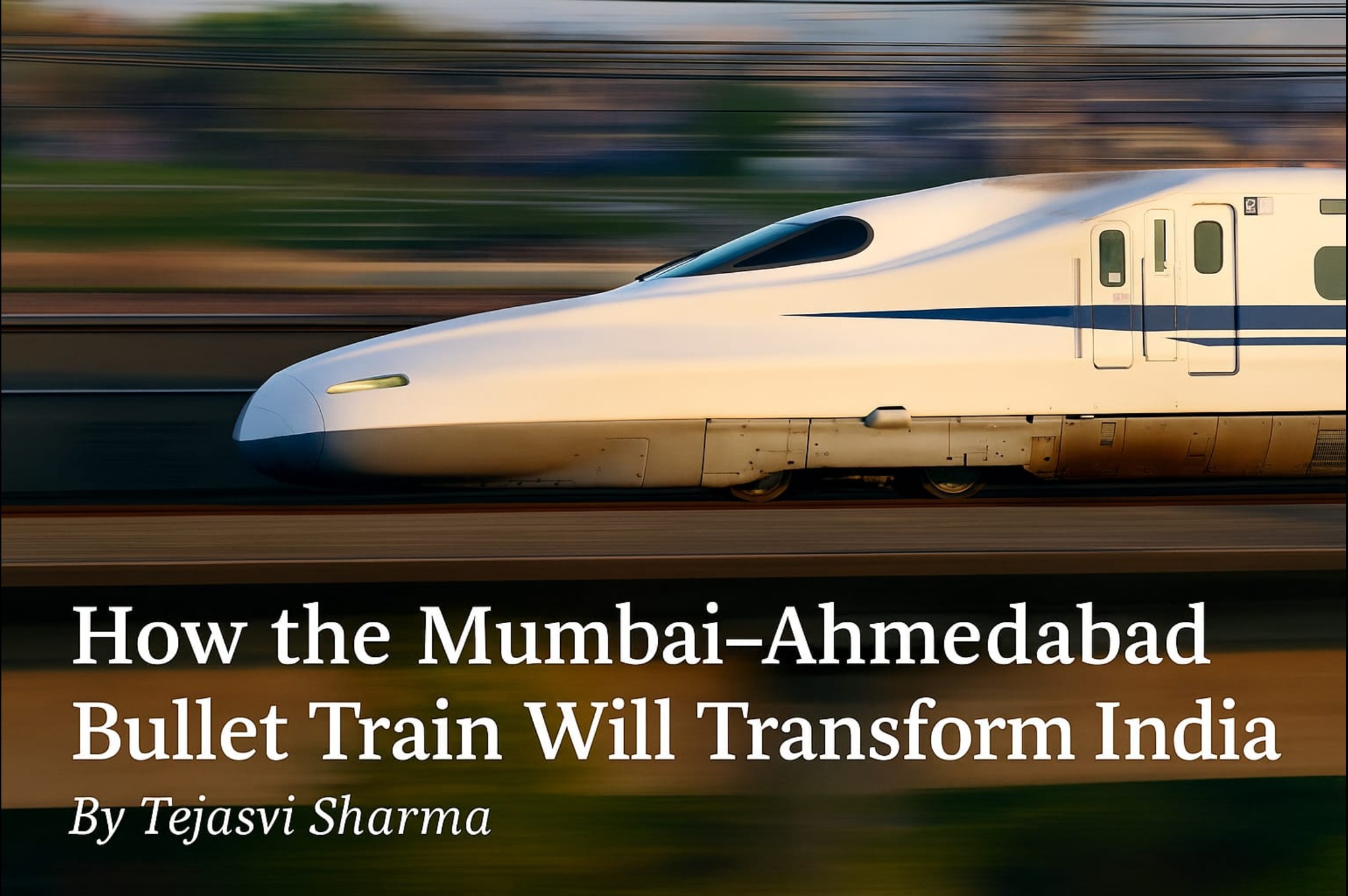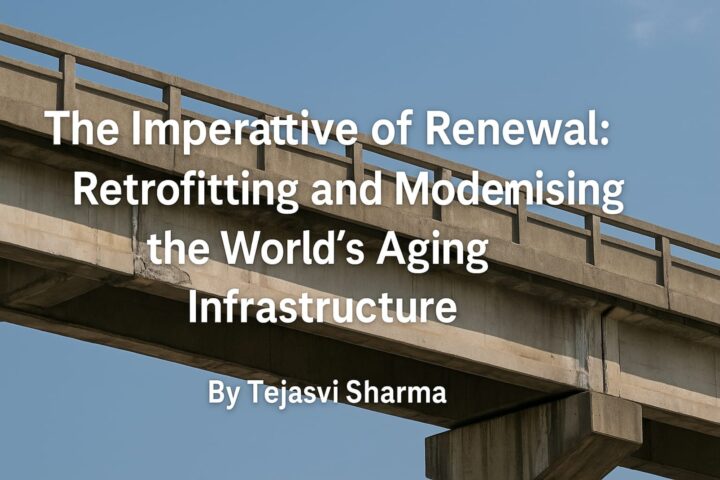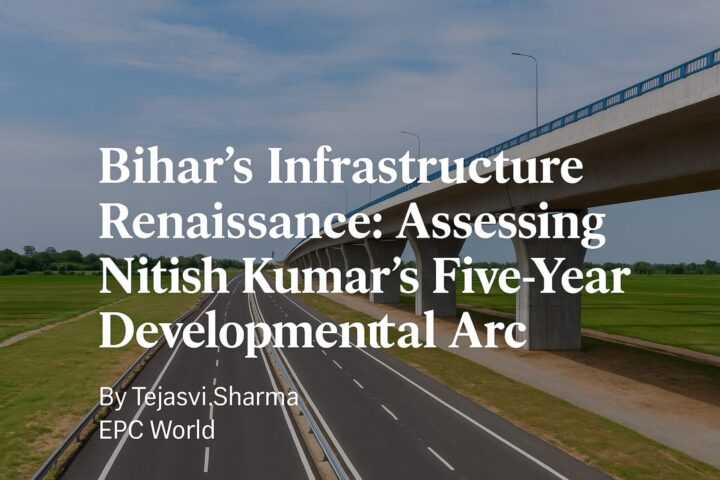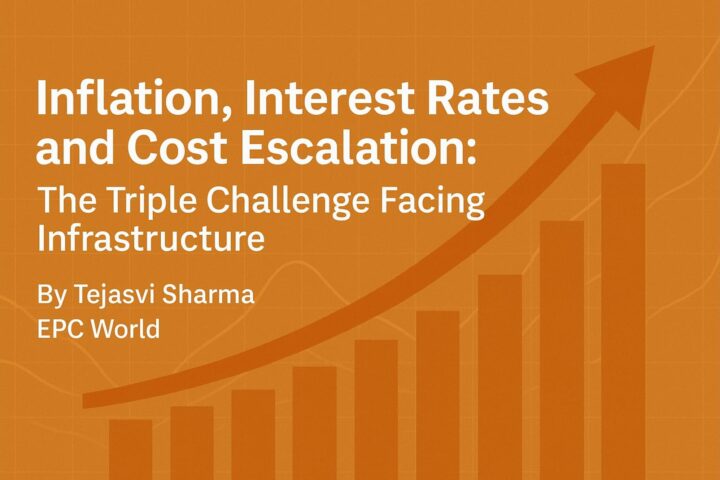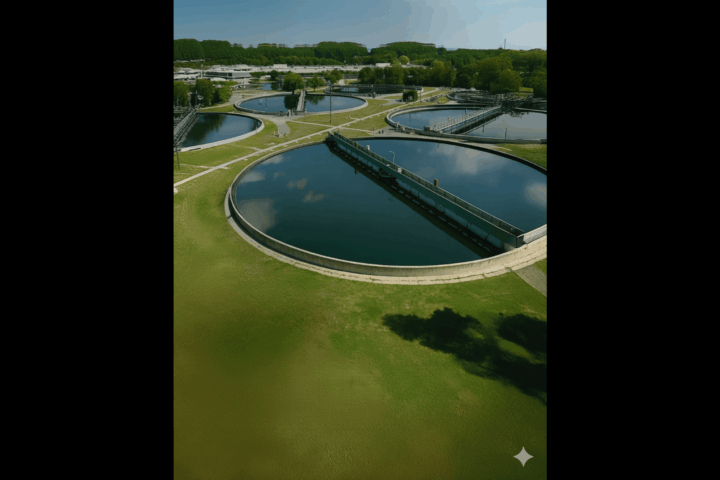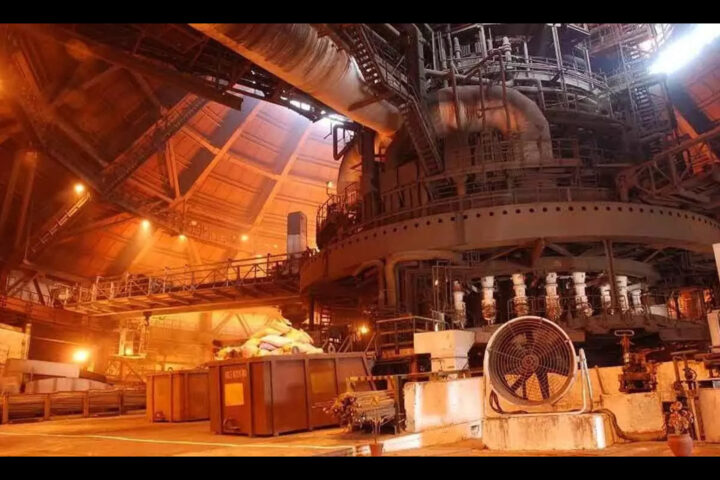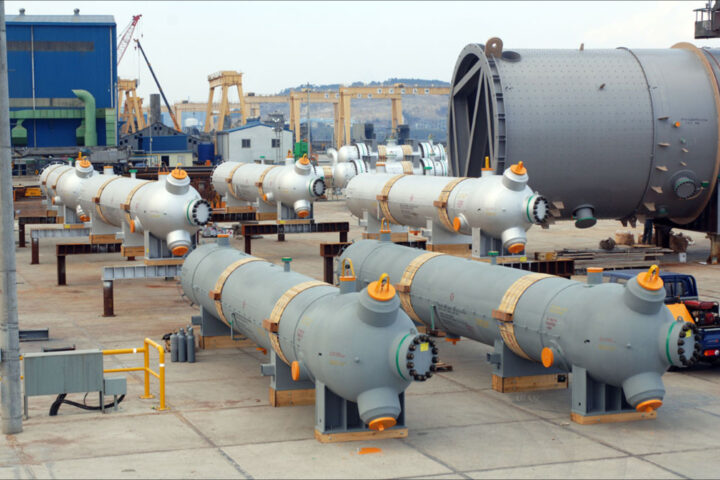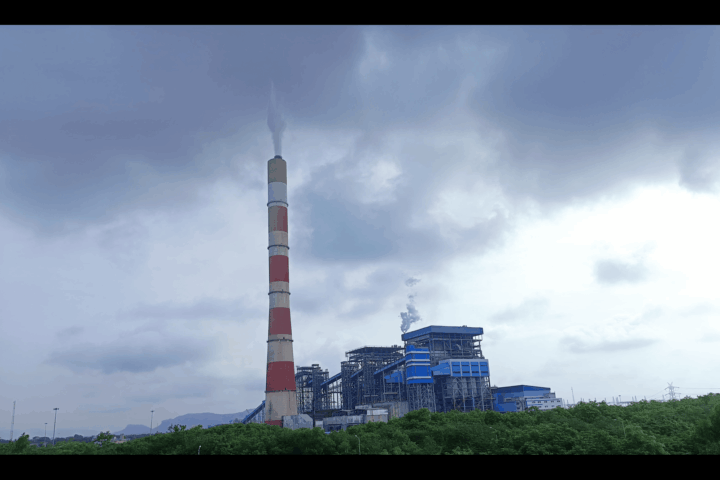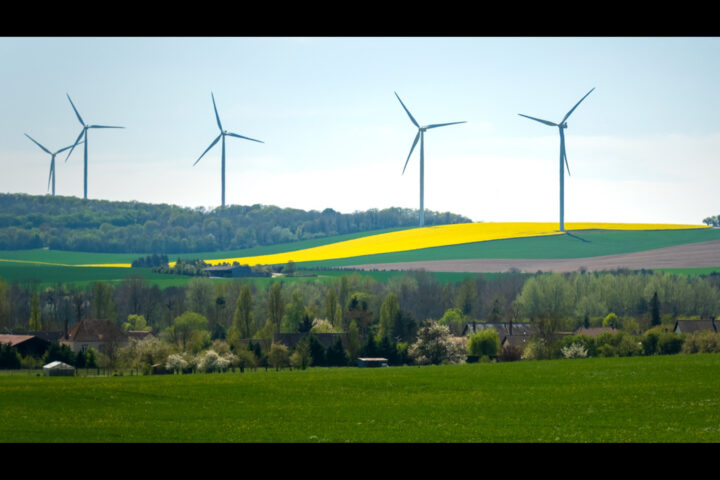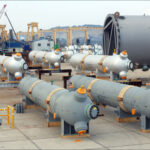by Tejasvi Sharma, Chief Editor, EPC World
India’s infrastructural ambitions have seldom been so vividly embodied as in the Mumbai–Ahmedabad High-Speed Rail Corridor—a 508-kilometre artery of concrete and steel designed to transport the nation into a new epoch of mobility. Envisioned as a showcase of technological prowess and strategic alignment with Japan, this $17 billion undertaking is not merely a transport corridor but a potent symbol of India’s aspiration to transcend the inertia of its colonial rail legacy.
At its most practical, the bullet train promises to revolutionise intercity connectivity. Currently, journeys between Mumbai and Ahmedabad demand seven to eight hours by conventional rail. The Shinkansen-inspired train will truncate this to under three hours. This time compression is not trivial: for the bustling economic corridors of Maharashtra and Gujarat, such efficiency could dramatically amplify commercial exchange, labour mobility, and regional tourism. For India’s business class, it represents a new calculus in productivity -enabling same-day return trips between the financial capital and Gujarat’s industrial heartland.
Yet the project’s impacts extend far beyond logistics. It signals a bold national willingness to embrace cutting-edge engineering and operational paradigms. Nearly 92% of the alignment is elevated, punctuated by a network of viaducts that snake across urban peripheries and rural expanses. Among its feats of construction is a 21-kilometre undersea tunnel in Thane Creek – India’s first attempt at subaqueous tunnelling on such a scale. This infrastructural choreography demands unprecedented levels of precision and project management, compelling Indian contractors to adopt international standards hitherto reserved for airports and metros. Larsen & Toubro, Afcons, and a constellation of public agencies have been inducted into this transformative exercise, elevating their technical repertoire and enhancing India’s credentials as a credible executor of megaprojects.
The economic ripple effects are equally considerable. Government estimates suggest nearly 90,000 direct and indirect jobs will be generated during construction, spanning skilled and unskilled sectors. Ancillary industries – from cement to structural steel to advanced signalling systems – have received a sustained stimulus. For India’s rail ecosystem, historically underfunded and technologically stagnant, the bullet train introduces a new benchmark of quality and efficiency. Moreover, it places India in a rare league of nations – Japan, France, Germany, and China – that operate high-speed networks exceeding 300 km/h.
Perhaps most striking is the geopolitical dimension. The Japan International Cooperation Agency (JICA) has underwritten nearly 80% of project financing through a soft loan with an interest rate of 0.1% and a repayment horizon spanning half a century. This concessional funding is not merely economic benevolence; it underscores a strategic alignment between New Delhi and Tokyo. In an era when China’s Belt and Road Initiative has redrawn Asia’s infrastructural map, the Mumbai–Ahmedabad project serves as a countervailing narrative -one that emphasises transparency, shared technology, and democratic accountability.
Still, the project has not escaped criticism. Land acquisition, particularly in Maharashtra’s Thane and Palghar districts, provoked sustained protests from farmers and tribal communities wary of inadequate compensation and the erasure of agricultural livelihoods. In places, construction has been delayed by litigation and the slow pace of consent from local panchayats. Environmental campaigners have expressed alarm over potential damage to mangrove ecosystems, coastal wetlands, and wildlife corridors. In a democracy as plural as India’s, these contestations are inevitable. Yet, the National High-Speed Rail Corporation has committed to compensatory afforestation and elaborate rehabilitation packages designed to mitigate social dislocation. The test will be whether these promises survive the bureaucratic entropy and political expediency that have compromised past resettlement efforts.
In a broader perspective, the bullet train serves as an ideological statement: that India is no longer content to tinker with incremental improvements to its colonial railway heritage. Instead, it is prepared to invest in a leapfrogging model that places the country alongside China, Japan, and Europe in the league of high-speed pioneers. If delivered with discipline and transparency, it could embolden public faith in megaprojects – a faith that has been frayed by the persistent spectre of cost overruns, contractual disputes, and corruption scandals in earlier infrastructure forays.
Critics argue that the funds earmarked for the bullet train could have modernised thousands of kilometres of conventional rail, improving safety and comfort for the ordinary traveller. Proponents counter that such binary comparisons overlook the catalytic impact of technological demonstration – just as Delhi Metro set new benchmarks for urban transit, the bullet train may raise the bar for speed, safety, and passenger expectations across India’s railway system.
Ultimately, the Mumbai–Ahmedabad bullet train is both an audacious bet on future growth and a crucible of political will. Its success could set a template for similar corridors connecting Delhi to Varanasi, Chennai to Mysuru, and other vital arteries of India’s emergent high-speed network. Each will carry not merely passengers but a collective aspiration to vault over the constraints of geography, time, and institutional inertia.
In this steel and concrete narrative, India is scripting its most ambitious chapter yet in modern infrastructure – a chapter that aspires to fuse velocity, innovation, and inclusivity in equal measure. If the project delivers on its promise, it will not simply transport passengers between two cities; it will transport India itself into a new era.


